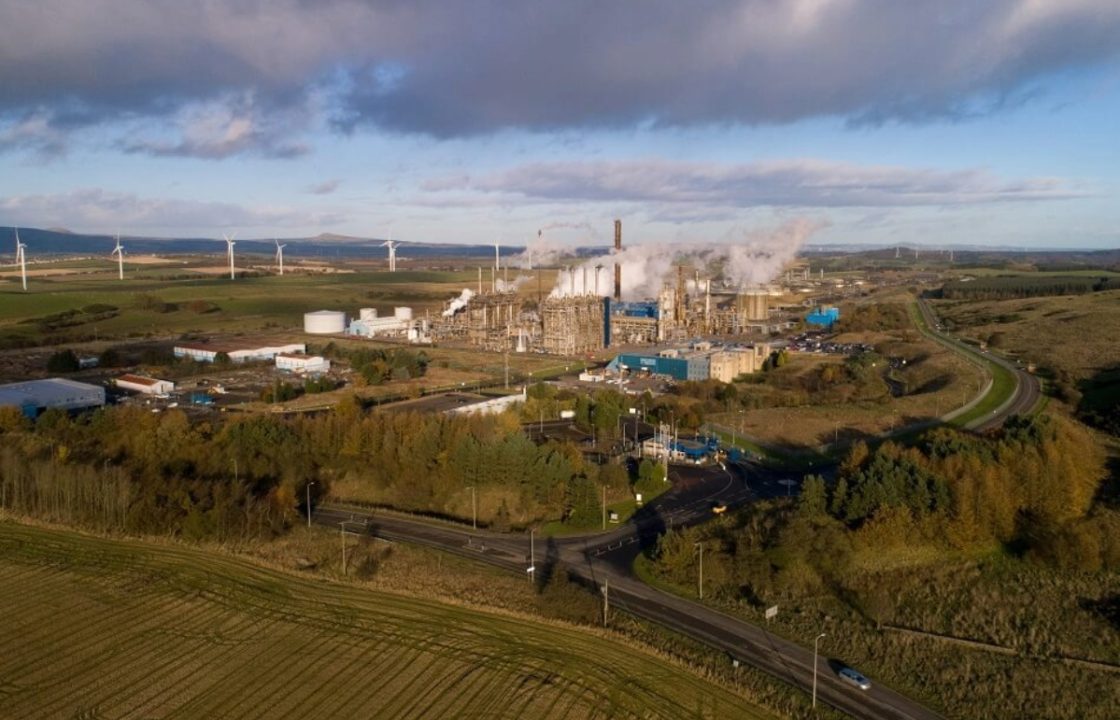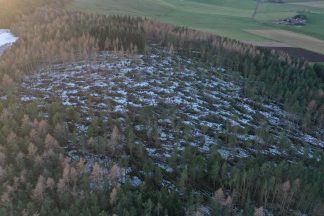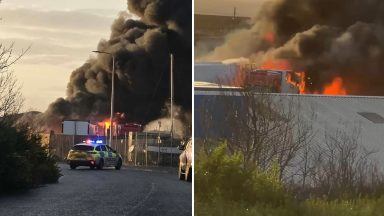The Scottish Environment Protection Agency (SEPA) has ordered the Shell Fife Natural Gas Liquids plant at Mossmorran to upgrade its ground flare system by the end of 2025 to keep up with best practice and industry standards.
The current ground flare equipment has been in operation since 1985 when the plant was established.
After nearly 40 years, the equipment is due to be upgraded to improve performance and minimise overall impact.
Shell UK Ltd submitted an application for an Environmental Impact Assessment (EIA) screening opinion – a planning procedure used to determine whether a proposed project is likely to have significant effects on the environment – for the new enclosed ground flare (EGF) system.
Shell says the flaring equipment upgrade is necessary to meet SEPA permit requirements for best available techniques for routine flaring.
Pending the council’s response, the proposed system would include an EGF to replace the two existing ground flares in operation at the site.
According to Shell, the Fife plant, which sits south of Cowdenbeath and Lochgelly, operates around the clock, every day of the year to process energy products. It separates gas and associated liquids taken from under the North Sea into propane, butane, and natural gasoline, and exports the products to customers around the world.
Part of the process involves flaring – which is occasionally required to operate the plant safely. Shell says the burning flare acts like a safety valve when the plant is not in normal processing.
The International Energy Agency describes it as a way of releasing or burning the “associated” gas that accompanies oil production.
Last summer, SEPA issued a permit variation requiring a new flare system to be operational by the end of 2025.
Shell says the new system will “smokelessly combust flare gas” which would otherwise be routed through the elevated flare.
“The elevated flare will remain a safety mechanism but the EGF will significantly minimise its use,” EIA planning papers stated.
The new system will be designed to enclose flare flames and reduce the visibility and sound associated with the ground flaring process.
“While there will be some light emission, the effects will be less than the existing Shell ground flare technology or the elevated flare,” the papers continued.
Construction of the new ground flare system is anticipated to take approximately two years, and Shell believes it should be fully operational within three months of construction.
To comply with SEPA requirements, Shell says the new system will be fully constructed and commissioned by the end of 2025.
Fife Council will consider the EIA request and issue a decision in due course.
Follow STV News on WhatsApp
Scan the QR code on your mobile device for all the latest news from around the country


 SEPA
SEPA






















